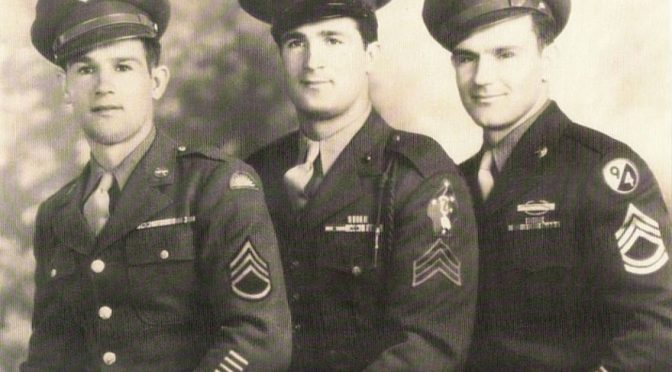This article originally appeared in Spanish at El Diario on January 16, 2020.
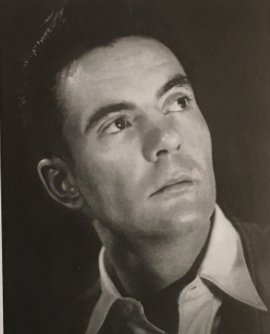
“Echoes of two wars, 1936-1945” aims to disseminate the stories of those Basques and Navarrese who participated in two of the warfare events that defined the future of much of the 20th century. With this blog, the intention of the Sancho de Beurko Association is to rescue from anonymity the thousands of people who constitute the backbone of the historical memory of the Basque and Navarre communities, on both sides of the Pyrenees, and their diasporas of emigrants and descendants, with a primary emphasis on the United States, during the period from 1936 to 1945.
THE AUTHORS
Guillermo Tabernilla is a researcher and founder of the Sancho de Beurko Association, a non-profit organization that studies the history of the Basques and Navarrese from both sides of the Pyrenees in the Spanish Civil War and in World War II. He is currently their secretary and community manager. He is also editor of the digital magazine Saibigain. Between 2008 and 2016 he directed the catalog of the “Iron Belt” for the Heritage Directorate of the Basque Government and is, together with Pedro J. Oiarzabal, principal investigator of the Fighting Basques Project, a memory project on the Basques and Navarrese in the Second World War in collaboration with the federation of Basque Organizations of North America.
Pedro J. Oiarzabal is a Doctor in Political Science-Basque Studies, granted by the University of Nevada, Reno (USA). For two decades, his work has focused on research and consulting on public policies (citizenship abroad and return), diasporas and new technologies, and social and historical memory (oral history, migration and exile), with special emphasis on the Basque case. He is the author of more than twenty publications. He has authored the blog “Basque Identity 2.0” by EITB and “Diaspora Bizia” by EuskalKultura.eus. On Twitter @Oiarzabal.
Josu M. Aguirregabiria is a researcher and founder of the Sancho de Beurko Association and is currently its president. A specialist in the Civil War in Álava, he is the author of several publications related to this topic, among which “La batalla de Villarreal de Álava” (2015) y “Seis días de guerra en el frente de Álava. Comienza la ofensiva de Mola” (2018) stand out.
On December 14, 1944, two days before a large-scale German offensive began in the Ardennes and just four days after his 33rd birthday, the Basque-Californian soldier Alfred Starr Etcheverry wrote what would be his last letter to his wife Marion Hazard and his two kids:
In a few days, or possibly even a few hours, I shall be going into action. It is never far from my thoughts, that I may not see you again […] If I should die, it will be now one’s responsibility but my own, that is was so willed. This is my way, my army […] However confused is our picture of the world today, however blurred the lines of the conflict, yet I am certain that I fight on the side of men of good will everywhere in the world. No, more than that. For men of ill will were not born so, and may be, by time, and by God’s good grace, be redeemed. It is for men everywhere -whoever they are, wherever they may be, that I am fighting.
Etcheverry, born on December 18, 1912, in Alameda, California, was mortally wounded on January 13, 1945 in Goesdorf (Luxembourg). He was a renowned Broadway actor in New York when he was called up in 1944. He served in the 80th Infantry Division with which he fought on the Moselle and Seille rivers and later in the Battle of the Bulge, where he met his death. His story allows us to humanize a battle that no one expected at a time, at the end of the war, when the arrival of Christmas gave light to the hope of returning home soon.
However, unlike the ceasefire on the Western Front of the Great War on Christmas Eve and Christmas in 1914, the battle that took place in the dense forest of the Ardennes – located between Belgium, France and Luxembourg – during the harsh winter of December 1944 and January 1945 gave the Allies no truce. What came to be known as the Battle of the Bulge (or what the Germans pompously called ‘Operation Wacht am Rhein’) from December 16, 1944 to January 25, 1945, would be the last great German counteroffensive. It was a desperate attempt to break the unstoppable march of the allied forces towards Germany (the first German city, Aachen, had been captured in October), to strategically separate British and Canadian troops, located in the north, from American troops in the south, with the ultimate goal of capturing Antwerp, the key logistics port for the Allies, breaking supply lines and pocketing four Allied armies. The surprise would be complete.
If initially, the German offensive, led by the Waffen-Schutzstaffel (SS), had 19 divisions and about 400,000 men while the Allies only had 8 divisions and about 230,000 soldiers, the situation was reversed towards the end of the conflict. By then, the Allies led some 30 divisions with nearly 700,000 troops and unmatched armament superiority: 2,400 tanks, 3,200 artillery pieces, and 6,000 aircraft. Despite the fact that the diminished and weakened German army had 24 divisions made up of some 380,000 soldiers, its ability to replace weapons was extremely challenged. The Germans with 200 tanks, 3,200 artillery pieces and some 2,400 aircraft were overwhelmed by the Allied thrust. The orographic difficulty, the inclement weather (freezing temperatures and heavy snowfalls), the murders of soldiers captured by the SS, the retaliation against these murders by American soldiers, the infiltration of German troops in American uniforms, and the skirmishes behind enemy lines are stories that make up the epic memory of the Battle of the Bulge, which became the largest and bloodiest single battle fought by the United States (USA) in World War II (WWII); it resulted in 1 in 10 American combat casualties during the war.
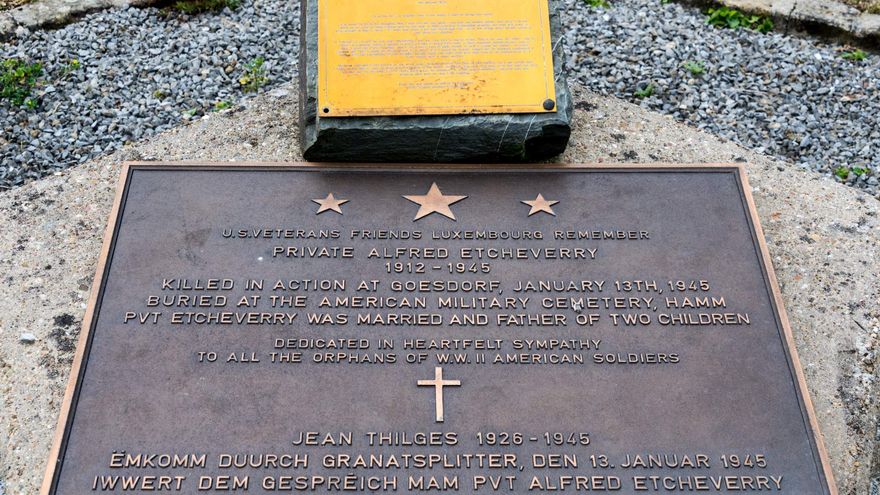
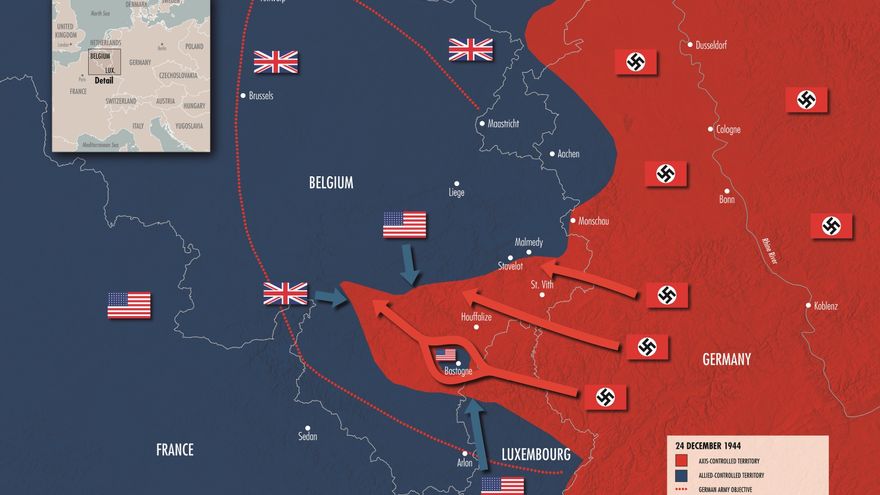
At the time of publication of this article (originally January, 2020), a score of soldiers of Basque origin had been identified among the US forces that fought in the Battle of the Bulge – a figure that is expected to increase as the “Fighting Basques” research project progresses. For example, in the 90th Infantry Division we find the Navarrese Frank Aristu Garde (born in Iruñea, 1915) and Ernest Uhalde Borda (Auritz / Burguete, 1921) as well as André Sallaberry Baratçabal (Bildoze-Onizepea, 1917) of Zuberoa. Both Aristu and Sallaberry served in the 345th Field Artillery Battalion, while Uhalde fought with the 357th Infantry Regiment, receiving two Bronze Stars.
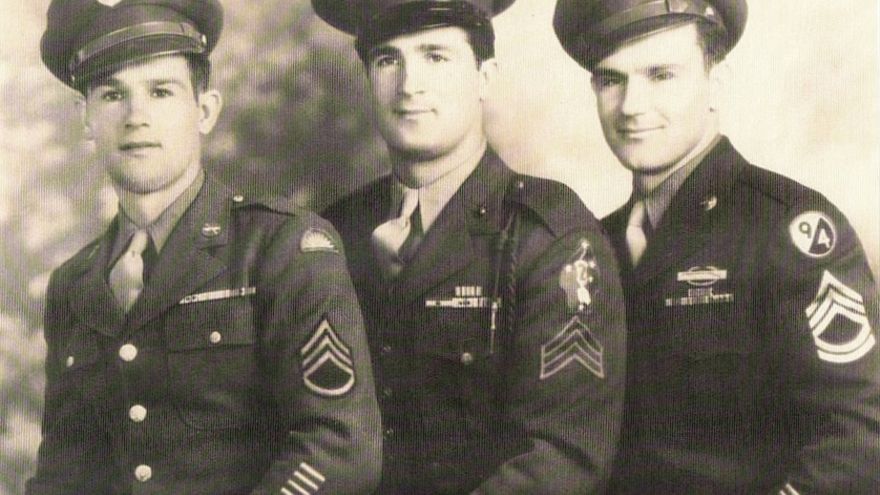
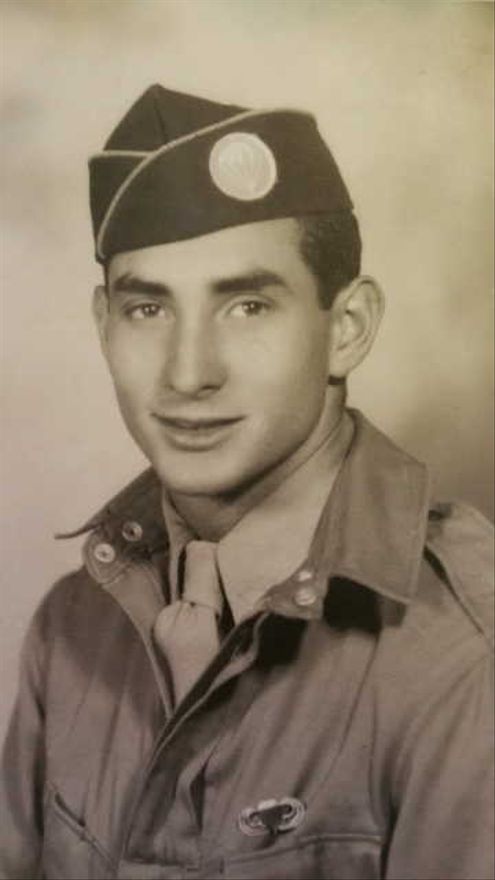
In the 2nd Armored Division we have identified Saturnino Peruchena Sánchez (San Francisco, California, 1917) and John Arrillaga Jayo (Mountain Home, Idaho, 1918). Saturnino was part of Battery “A” of the 195th Antiaircraft Artillery Battalion while Arrillaga served in the 78th Field Armored Artillery Battalion. In an interview about his time in the war, Arrillaga confessed: “It got to the point that it really didn’t matter if they killed you or not. You never get used to death or killing, but you accept it ”. He passed away in 1993 in Boise, Idaho, at the age of 74. Peruchena died in 1987 in San Leandro, California. In the mythical 82nd Airborne Division we find the Basque-Filipino Luis Mendieta Larrea (Manapla, 1915) as well as the Basque-Americans Francisco “Frank” Aguerrebere Ilizaliturri (Los Angeles, California, 1925) and Pete Etchepare Arriaga (Elko, Nevada, 1921) . Mendieta and Aguerrebere served in the 505th Parachute Infantry Regiment (PIR) and, after participating in the invasion of Normandy on D-Day, they took part in the failed “Operation Market Garden” (September 17-25, 1944 ) in Holland. Finally, they were sent to the Ardennes with the aim of breaking the resistance in Bastogne. In the words of Mendieta – collected in the pioneering work of José Miguel Romaña World War II and The Basques – “It was a very difficult moment, because we had to face large concentrations of German tanks […] Another terrible enemy was the cold”. Aguerrebere echoed this sentiment as he vividly remembered “the bitter cold of the long month of the Battle of the Bulge […] with limited ammunition and with clothes that were not suitable for the cold” [1]. On January 5, 1944, 40 km from Bastogne, in Vaux Chavanne, Etchepare, of the 325th Glider Infantry Regiment of the 82nd Division and another veteran of D-Day and “Operation Market Garden,” met his death. His forward position was surprised by a German counterattack with a Tiger tank.
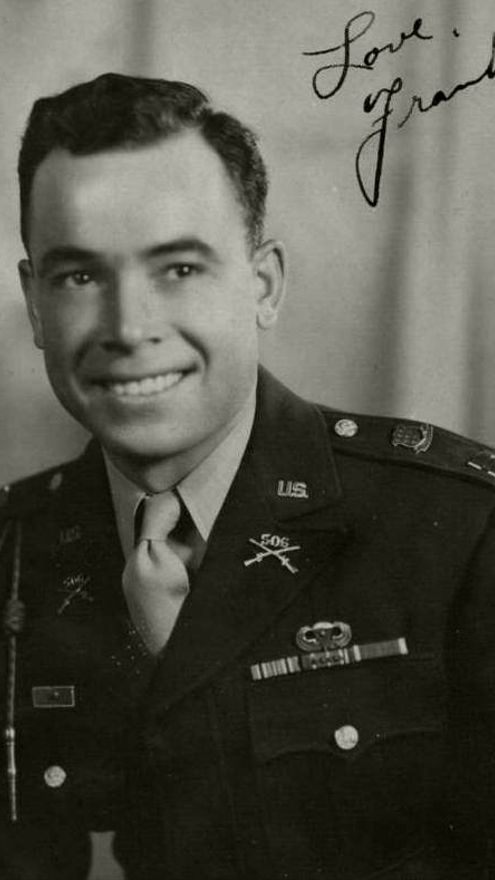
Frank Solaegui Mugartegui, sergeant of the 506th PIR of the 101st Airborne Division and born in Fallon, Nevada in 1921 to Biscayan parents, found himself in the heart of Bastogne. (He was the brother of Daniel, merchant marine of the SS Melville E. Stone, sunk by U-516 in 1943). Their situation was not at all promising, to the point that the Germans even requested the surrender of the division, but the “battered bastards” of Bastonge resisted all overtures and their feats became tremendously popular, reaching our time through from the series Band of Brothers (2001) by producers Steven Spielberg and Tom Hanks. In fact, Solaegui, who would become a lieutenant on war merits, was with Major Richard Winters when he took over command of the 2nd Battalion of the 506th.
In a period of just over a month, some 19,000 American and 200 British soldiers had died, while on the German side about 11,000 had died. Among the former, Private First Class Miguel “Mike” Etchart León, born October 21, 1924 in Bakersfield, California, served in Company “A” of the 705th Tank Destroyer Battalion. Mike, in his early twenties, died in Belgium from German machine gun fire during combat on Christmas Eve.
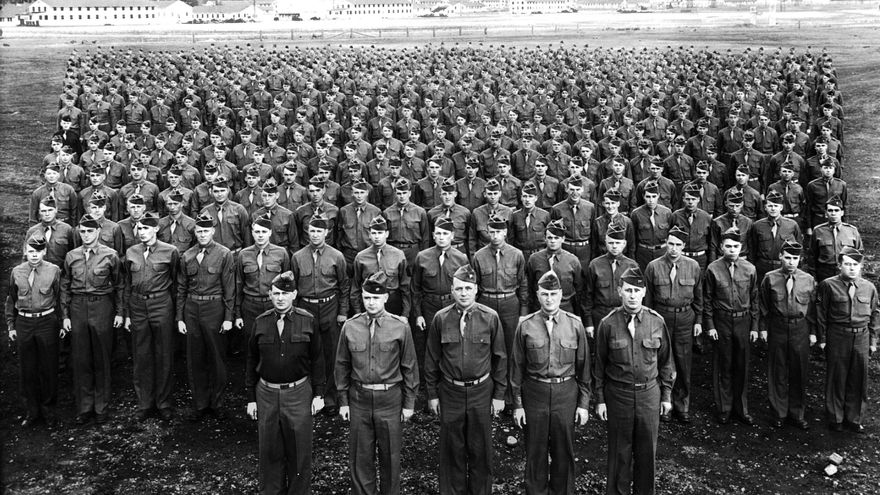
Despite the high number of Allied dead and wounded (about 45,000 Americans and about 1,000 British) and missing or captured (about 23,000 Americans and about 200 British), the Ardennes was a definitive strategic victory. Among those captured was the Biscayan Santiago “Santy” Mendieta Telleria. Born in 1914, he grew up with his twelve brothers and sisters on the family’s sheep ranch in Jordan Valley, Oregon. Santiago enlisted in 1942 and was assigned to the 2nd Armored Division as a gunner. His division was sent to the North African battlefield in November and from there to Sicily, Italy, in July 1943. Finally, Santiago and his comrades landed on June 9, 1944, in Normandy, fighting through France until reaching Belgium. The 2nd Armored Division helped contain heavy German attacks during the Ardennes counteroffensive. However, at one point Santiago was trapped behind enemy lines and was reported missing on December 21, 1944. At first, a Belgian family hid him on his farm and then in a nearby forest for seventeen days. Unfortunately, Santiago was eventually arrested by the Germans and sent to the Stalag IX-B prisoner of war camp in the vicinity of Bad Orb in Hesse, Germany, where he stayed for 95 days until he was liberated by the US military.
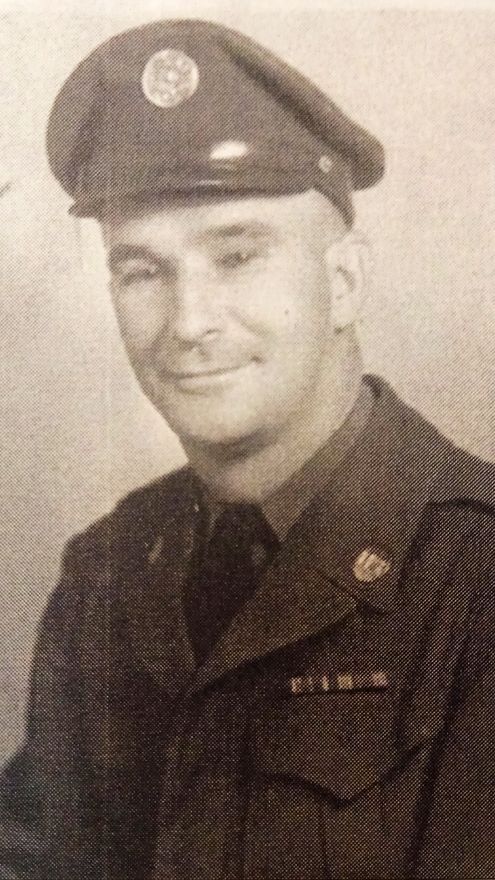
The German defeat, at the cost of consuming its last and most valuable human and material resources, only temporarily delayed the Allied advance towards Germany, and accelerated the inexorable victory of the Soviet army on the Eastern Front. After the Allied victory, the breaking of the “Siegfried Line” – the West German defensive wall that stretched from Holland to Switzerland – was a matter of time. On the 75th anniversary of the Battle of the Bulge we remember those soldiers who gave us their Christmas (the last of the war) so that we could be free, taking part in one of the last great battles in Europe.
[1] Oral History of Frank Aguerrebere. Interviewed by Vicki Torres for Voces Oral History Project (The University of Texas Libraries, Austin) on January 7, 2011.
Collaborate with ‘Echoes of two wars, 1936-1945.’
If you want to collaborate with “Echoes of two wars” send us an original article on any aspect of WWII or the Civil War and Basque or Navarre participation to the following email: sanchobeurko@gmail.com
Articles selected for publication will receive a signed copy of “Combatientes Vascos en la Segunda Guerra Mundial.”
Discover more from Buber's Basque Page
Subscribe to get the latest posts sent to your email.

